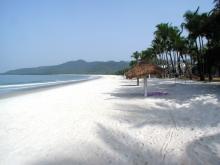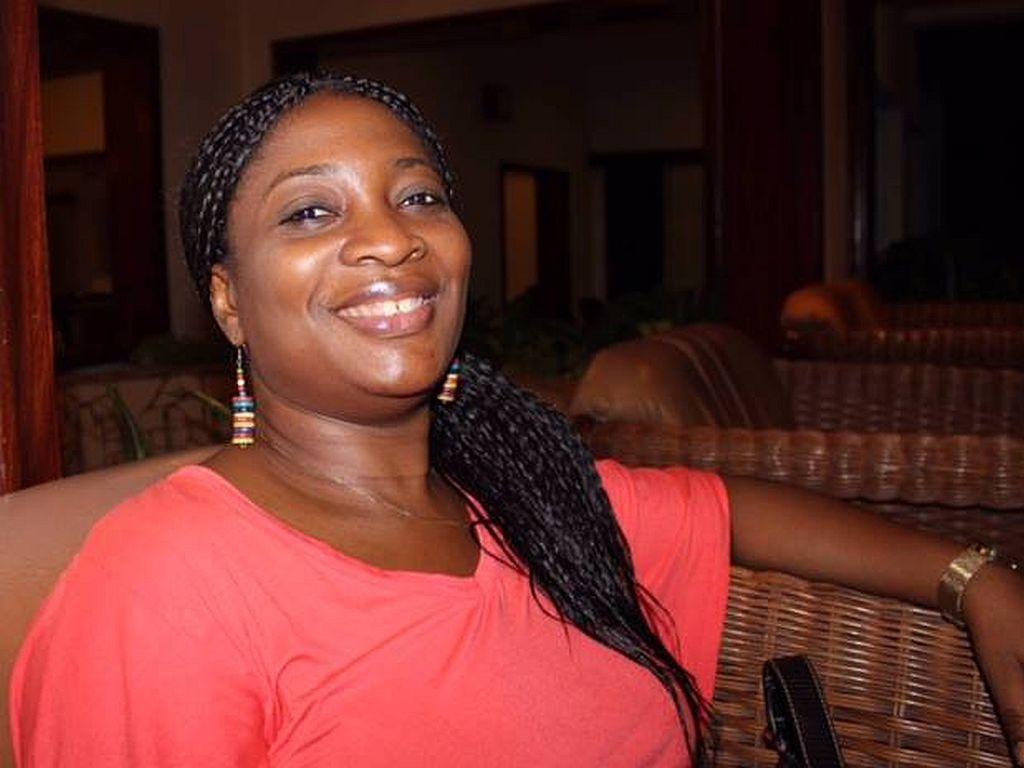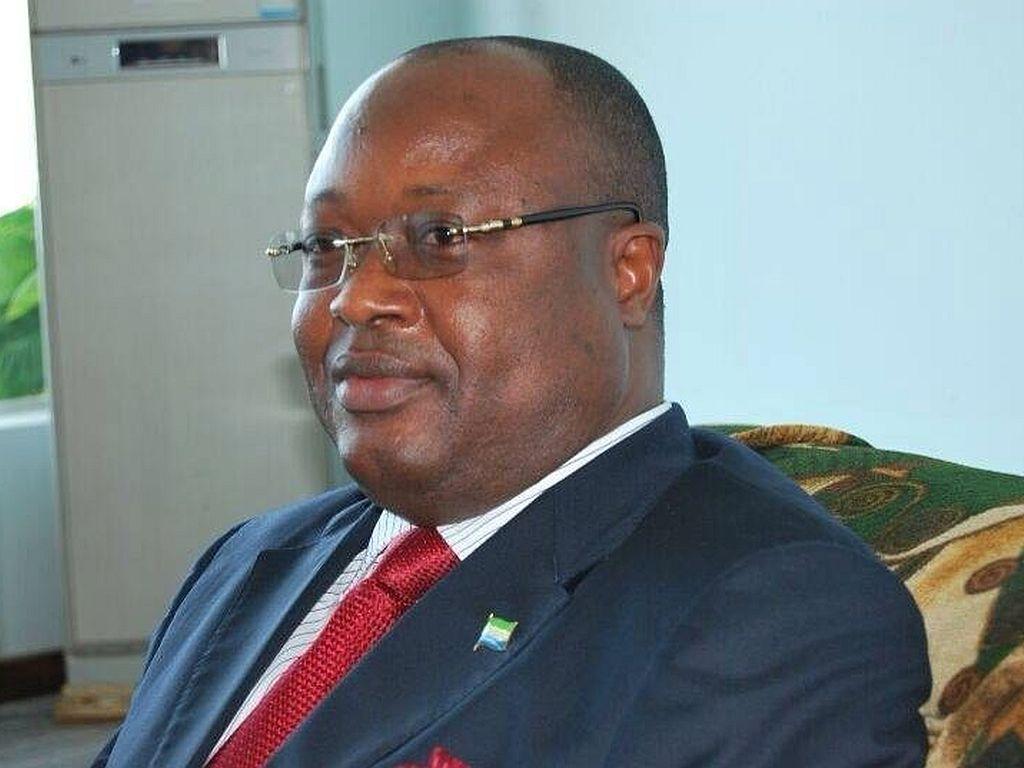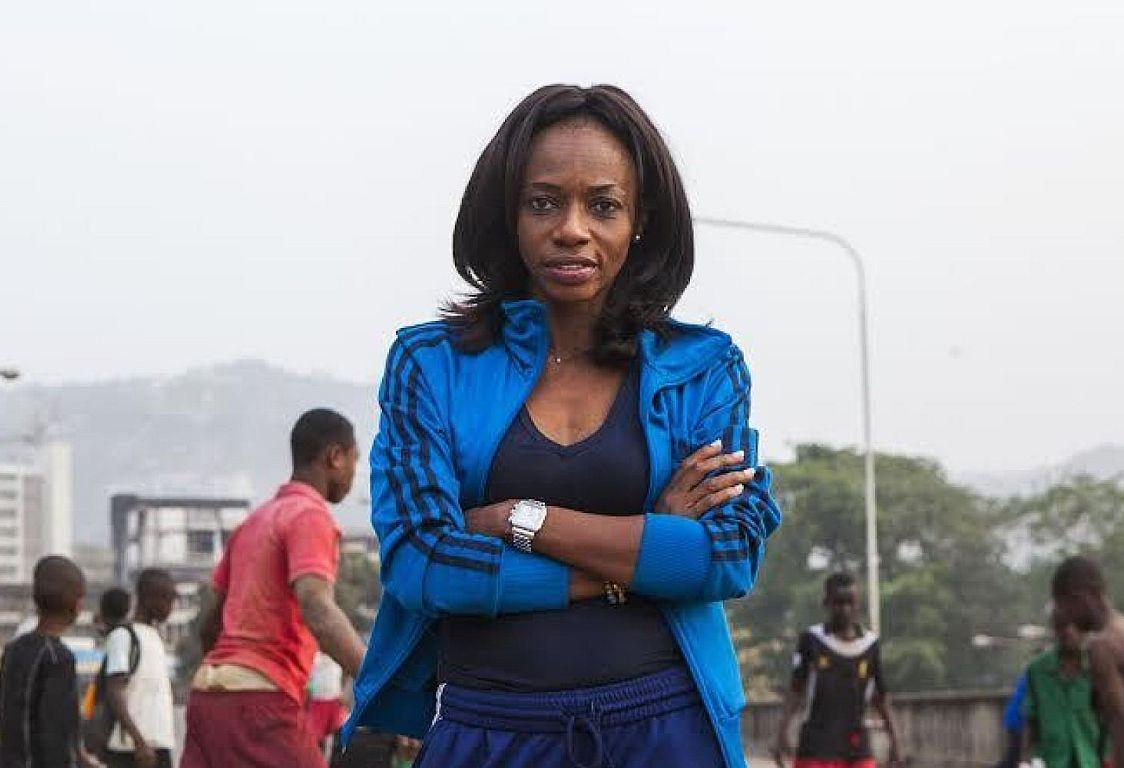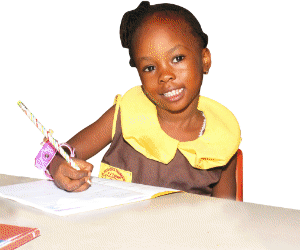By Kemo Cham
In Sierra Leone’s eastern Kailahun District, local authorities are sparing no efforts to keep the Ebola Virus Disease (EVD) at bay, following the latest outbreak in Guinea.
Kailahun shares border with Guinea’s forest region – Nzerekore – from where the virus crossed into Sierra Leone in 2014, as part of what became the worst Ebola epidemic in history. The same region is home to the epicenter of the current outbreak – Gouecke.
Handwashing and temperature checking stations have reappeared at strategic locations and by-laws aimed at getting residents conform to Infection Prevention Control (IPC) measures re-invoked.
Anyone who receives a visitor, for instance, regardless of their origin, must inform the authorities and the stranger must go through a stipulated checkup, until they leave the district, explains activist Shiekh Tamba Jusu of the health media NGO, Kombra Network.
The stakeholders meet three times a week to review the measures and devise new ones, where necessary.
This is part of the Sierra Leone government’s community engagement approach at the initial stage of the epidemic which the World Health Organization (WHO) says poses a threat to the sub-region.
The 2014 epidemic spread to nine other countries, leading to the WHO declaring an International Health Emergency. When it ended in 2016, it had officially infected nearly 30, 000 people and claimed the lives of 11, 300.
Guinea, Liberia and Sierra Leone were the worst hit. The severity of the epidemic was blamed on the weakness of the healthcare systems of the Mano River Union (MRU) neighbours. But denial at the initial stage, it has to be said, also contributed to the rapid spread of the virus.
Consequently, for nearly three years, life came to a standstill in the three countries, as under-resourced healthcare workers struggled to cope with cases, making them prone to infection and undermining public trust in the healthcare systems.
In the face of soaring cases, schools were forced to shut-down for a whole academic year; flights were cancelled as airlines ceased operations. Even sporting activities were not spared, as the Ebola-ravaged nations were banned from participating in international competitions.
A study published in the Journal of Infectious Diseases in 2018 revealed an estimated US$ 53 billion in combined economic losses, deaths and resources spent for treatment and to halt the virus transmission in the three hardest hit countries.
It took the intervention of foreign countries to stop the virus. In Sierra Leone, former colonial master Britain led the efforts, establishing laboratories and treatment centers across the country.
When the epidemic started, Sierra Leone had only one laboratory that could test for EVD, and only a couple of ambulances. After the epidemic, the government’s focus was to strengthen the healthcare system in case of Ebola’s imminent return.
Harold Thomas, Risk Communication Lead in the Directorate of Health Security and Emergency in the Ministry of Health and Sanitation (MoHS), believes this was achieved to a large extent. But he stresses that the key is the knowledge learnt from community engagement.
“With the experience of 2014 we now know a lot, but we do not know everything. So we rely on other partners to help us. We also rely on communities,” he says.
Regional approach
When Guinea confirmed the latest outbreak on February 14, four people had died with signs and symptoms akin to the hemorrhagic fever disease. As of February 27, the death toll was five, with a list of 276 contacts under surveillance, according to its National Agency for Health Security (ANSS).
Thomas says while it prepares itself for a worse case scenario, Sierra Leone’s approach is to work with its neighbours to help Guinea contain the virus and prevent cross border transmission. This, he says, entails sharing of data, heightened surveillance at border crossing points and instituting mechanisms for active case search.
The Emergency Operations Center (EOC), he adds, has also put in place plans for medical countermeasures, including assessment of stockpile of drugs for treatment of EVD.
This outbreak comes as Sierra Leone ironed out a dispute that led to prolonged closure of its borders with Guinea, which were reopened on February 18, much to the surprise and dismay of some citizens.
Mr Jusu of the Kombra Network says reopening the borders risks complicating their job as monitors and may require more resources for surveillance.
“We have a lot of porous borders. At the moment the Moa River is such that people can even cross it by foot,” he says.
But the Sierra Leone government insists that from a public health perspective, reopening of the borders is the right move in the current situation, noting that it’s the only way it can properly monitor persons passing through official borders.
The Guinea outbreak also comes as WHO deals with the 12th outbreak of the virus in the DRC. And its Africa regional office is leading efforts in dealing with both emergencies, with promises of deploying medical equipment and vaccines, as well as teams of experts to support national response efforts.
In West Africa, the WHO issued an alert to six countries neighbouring Guinea, which are said to be at high risk of cross border transmission – Sierra Leone, Liberia, Cote d’Ivoire, Senegal, Guinea Bissau and Mali.
Public Anxiety
The swift action by WHO represents a remarkable improvement from its response to the 2014 outbreak, for which it was heavily criticised, amidst calls for reform within the UN health agency.
But in spite of the optimism occasioned by this, no one seems lost on the daunting nature of the task ahead. This is especially so because Ebola is coming as the world battles the Covid-19 pandemic, when the Ebola ravaged countries have hardly recovered from the effect of the 2014 epidemic.
And for Guinea, it gets worse, as it’s battling two other health emergencies concomitantly – Measles and Yellow Fever. Thomas recognises that this is a cause for concern, but insists that with all hands on deck, it could come to pass sooner than later.
And one way he thinks this is achievable is through vaccination.
A silver lining of the 2014 epidemic was the opportunity it offered for vaccine trials. The WHO has cleared two of them, which were deployed in Guinea and Sierra Leone towards the end of the last epidemic and which officials in Sierra Leone credited as a contributing factor to ending transmission of the virus.
According to the Global Vaccine Alliance – Gavi – there is a global stock-pile of 500,000 Ebola vaccine doses available for deployment on request. Thomas says Sierra Leone has already placed an order through WHO under compassionate grounds, as its stock from the 2014 epidemic has expired. The plan, he notes, is to deploy a ring vaccination if the need arises.
For Guinea, which is the immediate concern, WHO has already deployed over 11, 000 doses and vaccination is underway. An additional 8, 600 jabs were expected to be shipped from the United States, bringing the total to 20, 000 doses.
WHO is also expected to deploy over 100 experts on the ground in Guinea by the end of the month.
Ebola causes fever, and bleeding in worst cases. It is transmitted via bodily fluids. People who care for the sick are especially at risk, making health workers more susceptible to infection. They are therefore the main targets for vaccination in Guinea, Liberia and Sierra Leone.
Officials in all three Ebola-prone countries have said that the experience from 2014 positions them well to prevent an outbreak on that magnitude.
In Sierra Leone, for instance, laboratory capacity has increased to six, says Thomas. And there are more beds than before, alongside a functioning and independently operated ambulance service, he adds.
If anything, Guinea’s handling of the Goueke outbreak so far, in terms of swift testing, confirmation and isolation of cases, demonstrated an improvement in its capacity from five years ago.
But as Thomas points out, regardless of a country’s preparedness, with health emergencies no one can be completely sure.
“We have come a long way and we still have a long way to go; no country is fully prepared to handle diseases 100%. But with all that we have put in place and with the support of partners, we will be able to achieve our objective,” he says.
Copyright © 2021 Politico Online



